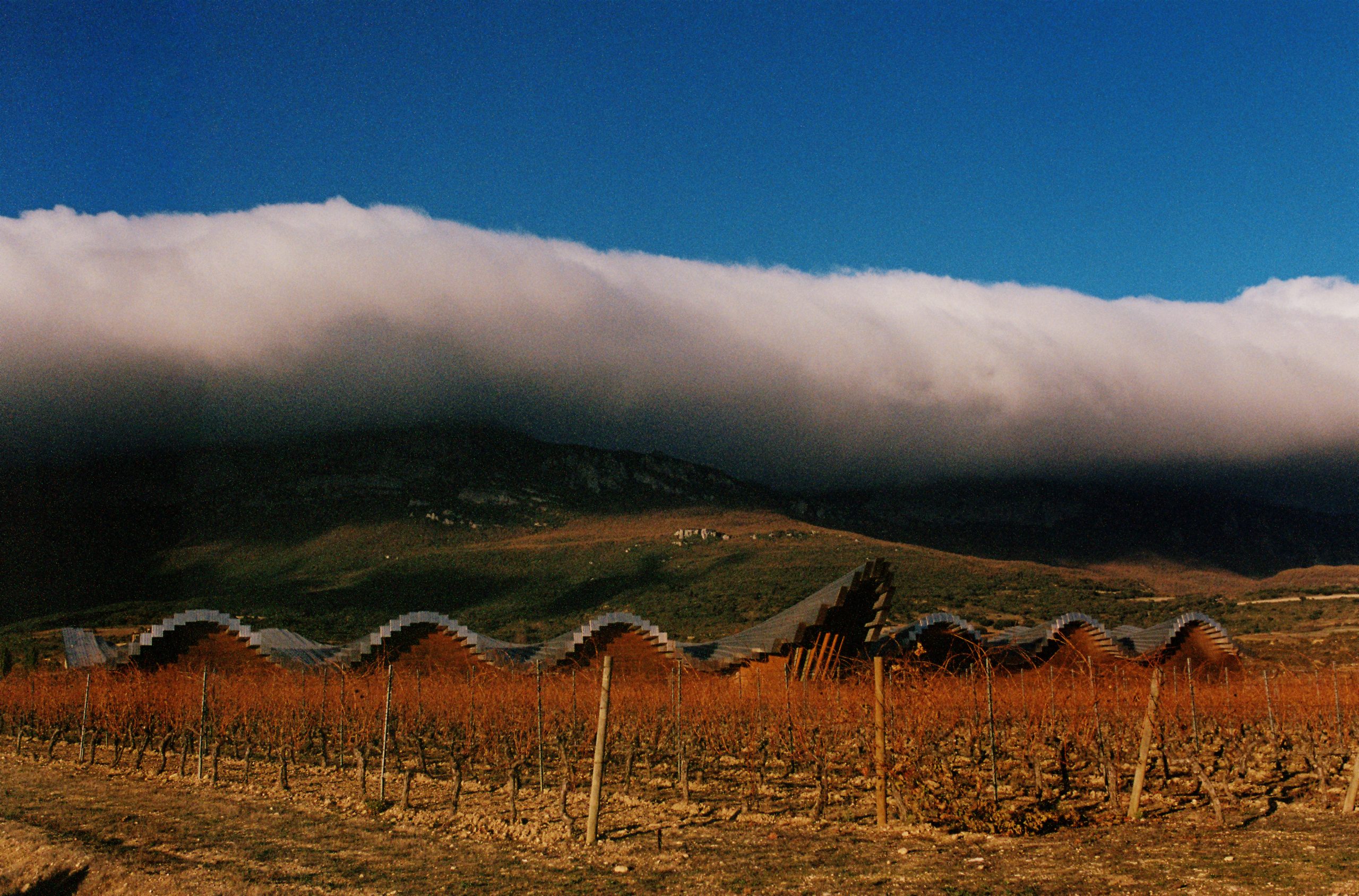Is Sterling’s volatility boosting the fine wine market?
Following Friday’s spectacular fall of sterling and continuing market volatility, we look at whether this is helping to fuel activity in the fine wine market or whether investors and collectors are holding off until the market stabilises.

The surging US dollar and slumping sterling has been causing havoc in global financial markets, following markets being spooked by the new Chancellor of the Exchequer Kwasi Kwarteng’s ‘fiscal event’ (aka mini-budget) last Thursday. The Damocles sword of sterling/dollar parity which had already been hanging over the UK following the dollar’s inexorable rise over the last six months slipped lower on Monday, as sterling hit an all-time low of $1.0327 against the dollar. There have been further fluctuations today, despite the Bank of England moving to shore up support and the IMF issuing a rare rebuke of the UK government.
Amid this turmoil, fine wine has been seeing some strong demand.
Liv-ex reported on Monday that the weekend saw an uptick in buying among US buyers, who accounted for 39.1% of trade, compared with 16.9% the previous weekend. There was also an increase in activity from Asian buyers, who have accounted 11.7% of trade so far in September, compared to 8.0% of total trade in August. Activity among European buyers over the month to date has been more muted, down from around 44% to 36% (although still remaining higher than July), while the UK remained relatively steady rising a fraction to around 32% of trading, although down from around 42% in July.
Matthew O’Connell, CEO of LiveTrade, Bordeaux Index’s online trading platform, also told the drinks business that the depreciation of sterling had been positive for trading activity in the wine space, as buyers in the US and Asia were taking advantage of a discount on UK stocks compared to a couple of weeks ago.
Traditionally, the weakening of sterling allows euro- and dollar-based buyers to advantage of the volatility because wine is largely priced in sterling and euros, and results in significant rise in demand from across the world.
“This is something which (let’s say the currency stabilises) tends to balance out over a period of time but is a short-term positive catalyst for market activity and pricing,” O’Connell explained. “The currency depreciation is likely (depending on Bank of England rate activity) to add further fuel to inflation and this tends to be a further tailwind for wine prices.”
Ruairi O’Hara, private client sales at Goedhuis & Co also reported that there had been increased activity from both US private clients and US merchants.
“The UKs position as the global ‘wine supermarket’ is facilitating high levels of trade from the USA and HK while they take advantage of the current forex rates,” he said. “Many are seizing the opportunity to replenish their stocks from the cheaper UK merchant stocks.”
Sid McNamara-Rajeswaran, head of business development at the Oeno Group also told the drinks business that they were also seeing “a surge in foreign direct investment into the secondary market”. Pointing out that fine wine tends to be valued in sterling, those utilising non-GBP currencies were therefore seeing “exceptional value for money”, he said.
“The fine wine market has provided stability for investors as well, given that the major global indices have entered bear market territory, fine wine has shown growth over the year,” he said, pointing to the growth of the Liv-ex Fine Wine 50 which grew 4.3% this month, while the FTSE has fallen 5.5% year-to-date.
Bear market
According to McNamara-Rajeswaran, Wall Street sank deeper into a bear market yesterday (Tuesday), with the S&P 500 recording its lowest close in almost two-years as Federal Reserve policymakers showed an appetite for more interest rate hikes – even at the risk of throwing the economy into a downturn.
The benchmark S&P 500 is now down about 24% from its record high close on 3 January, he pointed out, and has recorded its lowest close since November 2020. The FTSE 100 is also sitting close to the year low, while Germany’s DAX and the FTSE MIB, and DOW have also set new year lows.
“Even Gold, once the standard for safe haven investments, is suffering a negative reaction to the dominant dollar,” he pointed out. “The dollar has surged this year on an extremely hawkish stance adopted by the US Federal Reserve, with rising interest rates making the currency a more attractive safe haven than Gold.”
Partner Content
“Bullion prices now sit comfortably in bear market territory, having slumped over 27% from a 2022 high hit in the initial days of the Russia-Ukraine conflict. Prices recently blew past two major support levels ($1,700 & $1,650) and are expected to weaken further in the near term.”
“All of this points to the fine wine market offering an asset backed safe haven for investors looking to protect capital over the next three to five years,” McNamara-Rajeswaran concluded.
The track record of fine wine’s track supports its potential during periods of sterling weakness – one only has to look at the fall-out following the Brexit vote in 2016, when Liv-ex gained 21% in the 12 months after the vote while the pound dropped by 11%.
Nuanced
So far, this sounds good, however, as Justin Gibbs, deputy chairman and exchange director of Liv-ex pointed out, the situation is more finely nuanced than it may first first appear and the “startling” volatility of the last week may cause people to hold off until the markets settle again – particularly for investors (as opposed to drinkers and wine lovers).
“The drinker is definitely going to be interested, the investor might wonder whether or not the dollar is going to get stronger and therefore pause for thought,” he explained.
He noted that while there was a strong case for arguing that both wine as a hedge against inflation and weak Sterling could boost fine wine investment, people’s individual’s finances also needed to be taken into account, which are far trickier to gauge. This is particularly true of UK-based collectors and investors.
“What if you happen to be a buyer of fine wine but you’re also happen to be in very long equities and got caught out as they got hammered, you’re not going to be feeling much richer?” he pointed out. “Historically, [fine wine] has a very low correlation to all of these major markets, so from that point of view, one would think it’s a will do better in a high inflation environment.”
So far, the foreign exchange rates are yet having much effect on UK clients’ buying habits, according to O’Hara at Goedhuis. “The only real knock on effect for our UK clients at the moment is that any immediate USA releases are likely to be more expensive if a global RRP is set.”
Tom Gearing of Cult Wine Investments noted that UK collectors and investors would be likely to benefit from the increased demand from US and Asian investors for secondary market wine priced in sterling. “We’d expect fine wine priced in sterling to increase in the short-term as traders re-price their stock and buyers snap up opportunities,” he said.
“The weak pound could also increase the future returns of wine investments for foreign investors who would realise forex gains in their home currencies if sterling recovers just some of its recent losses – even if the price of the wine itself doesn’t change.”
However, he sounded a note of caution. “Fine wine is not entirely immune from forex swings with secondary market wine prices denominated in sterling,” he pointed out. “We are in undoubtedly turbulent times, with increased volatility and an uncertain outlook, which means collectors and investors, should maintain a considered and long-term approach as we navigate the next few months and years.”
“Exercising caution is essential as the short-term outlook for the pound is highly uncertain,” he said.
As the volatility continues, only time will tell how this will play out.
Related news
Bordeaux 2024 en primeur: St-Estèphe confounds expectations




